Home>Furniture>Outdoor Furniture>What Is Better Than Trex Decking


Outdoor Furniture
What Is Better Than Trex Decking
Modified: March 7, 2024
Discover the superior alternative to Trex decking with our durable and stylish outdoor furniture. Transform your outdoor space into a beautiful oasis.
(Many of the links in this article redirect to a specific reviewed product. Your purchase of these products through affiliate links helps to generate commission for Storables.com, at no extra cost. Learn more)
Introduction
Welcome to the world of outdoor furniture! Whether you have a sprawling backyard, a cozy patio, or a small balcony, investing in high-quality outdoor furniture is a must to enjoy the beauty of nature and create a comfortable space for relaxation and entertaining. And when it comes to choosing the perfect outdoor furniture, one of the key decisions you’ll need to make is selecting the right decking material.
Decking not only enhances the visual appeal of your outdoor space but also plays a crucial role in its durability and longevity. With so many options available in the market, it can be overwhelming to decide which type of decking material will best suit your needs. In this comprehensive guide, we will explore different decking options, including composite, PVC, hardwood, and aluminum, and compare their features, costs, durability, maintenance requirements, and environmental impact.
But before we dive into the specifics of each type of decking, let’s understand the importance of selecting a superior decking material. Your outdoor furniture is exposed to various weather elements such as sunlight, rain, snow, and even heavy foot traffic. Therefore, it is vital to choose a decking material that can withstand these challenges and provide long-lasting performance.
Moreover, your outdoor furniture should not only be durable and practical but also be aesthetically pleasing. The decking material you choose should complement the overall design of your outdoor space and add a touch of elegance and style to your environment. It should be able to resist fading, staining, and scratching, ensuring that your outdoor furniture remains beautiful and inviting for years to come.
Now, let’s explore the different decking options and find out which one is better than Trex decking. Whether you’re a homeowner, designer, or contractor, this guide will help you make an informed decision and create a stunning outdoor space that suits your preferences and lifestyle.
Key Takeaways:
- Choose composite or PVC decking for low maintenance and long lifespan. Consider aluminum for durability and sustainability. Opt for responsibly sourced hardwood for a timeless aesthetic.
- When selecting outdoor furniture decking, consider cost, maintenance, and environmental impact. Each material has its own benefits and considerations. Make an informed decision based on your needs and priorities.
Read more: Which Is Better: Trex Or Composite Decking?
Composite Decking Options
Composite decking has become an increasingly popular choice among homeowners and outdoor enthusiasts due to its durability, low maintenance requirements, and natural wood-like appearance. It is a blend of wood fibers and recycled plastic materials, making it a eco-friendly option as well.
One of the advantages of composite decking is that it is highly resistant to rot, decay, and insect infestation. Unlike traditional wood decking, composite materials do not warp or splinter, making them safe for barefoot walking. The composite boards are also available in a wide range of colors and textures, allowing you to achieve the look and feel of natural wood without the hassle of regular maintenance.
With composite decking, you can enjoy the beauty of a deck without the need for frequent staining, sealing, or painting. These boards are designed to withstand harsh weather conditions and are fade-resistant, ensuring that your deck will retain its vibrant color for many years.
When it comes to installing composite decking, the boards are typically longer and wider than traditional wooden planks, resulting in a seamless and visually appealing surface. They are also easy to clean, requiring only a simple wash with soap and water to remove dirt or stains.
In terms of cost, composite decking tends to be slightly more expensive than traditional wood options. However, the long-term savings in maintenance and durability make it a worthwhile investment. Composite decking also has a longer lifespan than wood, which can begin to deteriorate over time.
Overall, composite decking offers a combination of durability, low maintenance, and aesthetic appeal. It is a great option for those who want the look of natural wood without the drawbacks, and a viable alternative to Trex decking.
PVC Decking Options
PVC decking is another popular choice for outdoor furniture due to its durability, low maintenance, and resistance to fading, scratching, and staining. PVC, or polyvinyl chloride, is a synthetic material that is known for its strength and versatility.
One of the key advantages of PVC decking is its exceptional durability. It is highly resistant to moisture, making it ideal for areas with high humidity or near water sources. PVC decking is also resistant to mold, mildew, and insects, ensuring that your deck will maintain its structural integrity and appearance over time.
Another benefit of PVC decking is its low maintenance requirements. Unlike wood decking that requires staining, sealing, or painting, PVC decking can be easily cleaned with soap and water. It does not require any additional treatments to protect it from the elements or maintain its color, saving both time and money in the long run.
PVC boards are available in a variety of colors and finishes, allowing you to customize your outdoor space to your desired aesthetic. Whether you prefer a traditional wood-like appearance or a more contemporary style, PVC decking provides versatility and options to suit your preferences.
When it comes to installation, PVC decking is lightweight and easy to work with, making the process quicker and more efficient. The boards can be easily cut, shaped, and installed without the need for specialized tools or equipment.
While PVC decking offers numerous benefits, it is important to note that it is generally more expensive than other decking materials such as wood or composite. However, its long-term durability and minimal maintenance requirements make it a cost-effective choice in the long run.
In summary, PVC decking is a durable, low maintenance, and visually appealing option for outdoor furniture. Its resistance to moisture, mold, and pests, along with its easy installation and customization options, make it a viable alternative to Trex decking.
Hardwood Decking Options
For those seeking a natural and timeless look for their outdoor furniture, hardwood decking is an excellent choice. Hardwood decks are known for their durability, strength, and classic beauty that can withstand the test of time.
One of the main advantages of hardwood decking is its natural resistance to rot, insects, and decay. Hardwood, such as teak, mahogany, or ipe, contains natural oils and dense fibers that make it highly resistant to moisture and fungal growth. This inherent strength and durability make hardwood decking an ideal option for areas with high humidity or near water sources.
Hardwood decking offers a rich and warm aesthetic that brings a touch of elegance to any outdoor space. The natural variations in color and grain patterns add character and charm to your deck, creating a unique and inviting environment.
Another advantage of hardwood decking is its longevity. When properly maintained, hardwood decks can last for decades, even in harsh weather conditions. Regular cleaning and periodic resealing can help maintain the beauty and structural integrity of the hardwood, ensuring that your deck remains a focal point of your outdoor space for years to come.
While hardwood decking offers numerous benefits, it is essential to consider the maintenance requirements. Unlike composite or PVC decking, hardwood requires more regular maintenance to preserve its appearance and prevent fading or discoloration. Routine cleaning, staining, and sealing are necessary to protect the wood from UV rays, moisture, and other environmental factors.
Moreover, it is essential to consider the sustainability aspect of hardwood decking. To minimize the impact on the environment, look for hardwood decking options that are responsibly sourced from certified sustainable forests.
In summary, hardwood decking provides a natural, durable, and visually appealing option for outdoor furniture. Its resistance to rot and insects, along with its longevity and classic beauty, make it a worthy alternative to Trex decking for those who appreciate the charm of hardwood in their outdoor space.
Aluminum Decking Options
When it comes to durability and strength, aluminum decking stands out as a top choice for outdoor furniture. Aluminum is a lightweight and corrosion-resistant material that offers several advantages for decking purposes.
One of the main benefits of aluminum decking is its exceptional durability. It is resistant to rust, rot, and insect infestation, making it suitable for areas with high humidity, saltwater exposure, or heavy foot traffic. Aluminum decking is also fire-resistant, offering an added level of safety and peace of mind.
Another advantage of aluminum decking is its low maintenance requirements. Unlike wood decking that requires staining or sealing, aluminum decking is virtually maintenance-free. It does not require painting, staining, or sealing, and can be easily cleaned with soap and water. This makes aluminum decking a perfect choice for those looking for a hassle-free outdoor furniture option.
Aluminum decking also offers a sleek, modern aesthetic that can elevate the look of any outdoor space. It is available in a variety of colors and finishes, allowing you to customize the appearance to suit your style preferences. The smooth surface of aluminum decking provides a comfortable and safe walking surface.
Additionally, aluminum decking is known for its ease of installation. The interlocking design of aluminum boards ensures a secure and seamless connection, resulting in a sturdy and visually appealing deck. It can be installed over existing structures, saving time and cost on demolition and removal.
While aluminum decking offers numerous benefits, it is important to consider the cost aspect. Aluminum decking tends to be more expensive than other options like wood or composite. However, its long lifespan, low maintenance requirements, and durability make it a cost-effective choice in the long run.
In summary, aluminum decking provides a durable, low maintenance, and visually appealing option for outdoor furniture. Its resistance to rust, rot, and insects, along with its modern aesthetic and ease of installation, make it a compelling alternative to Trex decking.
Consider using alternative composite decking materials such as TimberTech or Fiberon, which offer similar durability and low maintenance but with different color and texture options.
Read more: What Is Trex Decking
Comparison of Cost and Durability
When selecting outdoor furniture decking options, considering the cost and durability is crucial to make an informed decision. Let’s compare the four options: composite, PVC, hardwood, and aluminum decking.
In terms of cost, composite decking tends to be slightly more expensive upfront compared to PVC, hardwood, and aluminum decking. However, composite decking offers long-term savings due to its low maintenance requirements and durability. You won’t have to worry about staining, sealing, or painting the deck regularly, which can save both time and money in the long run.
PVC decking tends to be more expensive than composite decking upfront, mainly due to its superior resistance to fading, scratching, and staining. It offers excellent durability and requires minimal maintenance, making it a cost-effective option over time.
Hardwood decking can vary significantly in cost, depending on the type of wood chosen. While it can be initially expensive, hardwood decking offers exceptional durability and longevity. With proper maintenance and care, hardwood decks can last for decades, making it a worthwhile investment for those looking for a timeless and natural aesthetic.
Aluminum decking tends to be the most expensive option upfront compared to other decking materials. However, its durability, low maintenance requirements, and long lifespan make it a cost-effective option in the long run. With aluminum decking, you won’t have to worry about rust, rot, or insect damage, ensuring that your deck will stay strong and beautiful for years to come.
When it comes to durability, composite decking and PVC decking are known for their resistance to moisture, rot, and insects. They are designed to withstand years of use without warping, splintering, or decaying. Hardwood decking, particularly varieties like teak or mahogany, offer exceptional natural durability and can withstand harsh weather conditions. Aluminum decking, on the other hand, is highly durable and corrosion-resistant, making it suitable for areas with high humidity or saltwater exposure.
In summary, the cost and durability of outdoor furniture decking options can vary. While composite and PVC decking may have a higher upfront cost, they offer long-term savings and require minimal maintenance. Hardwood decking provides a timeless and natural aesthetic with exceptional durability, while aluminum decking offers superior durability and resistance to corrosion. Consider your budget, desired lifespan, and maintenance requirements when selecting the best option for your outdoor furniture.
Maintenance and Longevity Comparison
When it comes to outdoor furniture decking options, considering the maintenance requirements and longevity is essential to ensure that your investment stands the test of time. Let’s compare the maintenance needs and lifespan of composite, PVC, hardwood, and aluminum decking.
Composite decking is a low maintenance option that requires minimal upkeep. It does not require staining, painting, or sealing, making it an attractive choice for those seeking a hassle-free decking solution. Regular cleaning with soap and water is typically sufficient to keep composite decks looking their best. In terms of lifespan, composite decking can last for decades with proper care and maintenance.
Similar to composite decking, PVC decking is also known for its low maintenance requirements. It does not require painting, staining, or sealing. Regular cleaning is sufficient to keep PVC decks in good condition. PVC decking offers excellent longevity, with many manufacturers offering warranties of 25 years or more.
Hardwood decking requires more maintenance compared to composite and PVC options. It needs regular cleaning, staining, and sealing to maintain its appearance and protect it from the elements. The frequency of maintenance will depend on the type of wood used and the climate in which it is installed. However, with proper care, hardwood decking can last for several decades.
Aluminum decking is virtually maintenance-free. It does not require staining, sealing, or painting. Regular cleaning with soap and water is usually enough to keep aluminum decks looking their best. Aluminum decking provides excellent longevity, as it is resistant to rust, rot, and corrosion. It can easily last for 30 years or more with minimal maintenance.
When comparing the maintenance needs and longevity of outdoor furniture decking options, composite and PVC decking require the least amount of maintenance and offer excellent longevity. Hardwood decking requires more regular maintenance but can last for several decades. Aluminum decking, with its minimal maintenance requirements and exceptional durability, provides an excellent long-term investment.
It is worth noting that the lifespan of any outdoor furniture decking option can be influenced by factors such as the climate, exposure to sunlight, and regular maintenance. Regular cleaning and proper care will help extend the lifespan of your decking, regardless of the material chosen.
In summary, composite and PVC decking options offer low maintenance requirements and excellent longevity. Hardwood decking requires more upkeep but can last for many years with proper care. Aluminum decking provides exceptional durability with minimal maintenance needs. Consider your lifestyle, time availability, and preferences when choosing the decking option that best suits your maintenance capabilities and desired lifespan.
Environmental Considerations
As we make choices for our outdoor furniture, it is important to consider the environmental impact of the decking materials we select. Let’s explore the environmental considerations of composite, PVC, hardwood, and aluminum decking options.
Composite decking is made from a blend of wood fibers and recycled plastic materials. It offers a sustainable alternative to traditional wood decking, as it utilizes recycled materials and reduces the demand for virgin wood. However, some composite decking products may still contain a small percentage of new plastic material, so it is important to choose brands that prioritize sustainability and use a high proportion of recycled materials.
PVC decking is also considered an eco-friendly choice due to its durability, which results in a longer lifespan compared to other decking materials. Its resistance to rot and insects reduces the need for replacement and the use of additional resources. However, the manufacturing process of PVC decking does involve the use of chemicals, including chlorine, which can have environmental implications. Look for PVC decking brands that have improved their manufacturing processes to minimize their environmental footprint.
Hardwood decking presents a different set of environmental considerations. While hardwood is a natural and renewable resource, it is crucial to choose sustainable and responsibly sourced wood options. Look for certifications such as the Forest Stewardship Council (FSC) to ensure that the wood used for your decking comes from well-managed forests. Choosing reclaimed or salvaged wood decking is also an eco-friendly option, as it reduces the demand for new wood harvesting.
Aluminum decking is a highly sustainable choice due to its durability, recyclability, and minimal maintenance requirements. Aluminum is widely recycled, and the use of recycled aluminum in the manufacturing process reduces energy consumption and waste. Additionally, the long lifespan of aluminum decking reduces the need for frequent replacement, minimizing environmental impact.
When selecting decking materials, it is important to also consider the embodied energy—the total energy required to produce, transport, and install the decking. Materials that require less energy in their production and have a longer lifespan often have a lower overall environmental impact.
In summary, composite and PVC decking offer sustainability benefits through the use of recycled materials and long lifespans. Hardwood decking can be eco-friendly when sourced responsibly or opting for reclaimed wood options. Aluminum decking is highly sustainable due to its recyclability and durability. By considering the environmental impact of our outdoor furniture decking options, we can make choices that align with our commitment to protecting the planet.
Conclusion
Choosing the right decking material for your outdoor furniture is crucial to create a beautiful and durable space that you can enjoy for years to come. After comparing composite, PVC, hardwood, and aluminum decking options, it is clear that each option has its own advantages and considerations to keep in mind.
Composite decking offers a blend of durability, low maintenance, and natural wood-like appearance. It is a sustainable choice that utilizes recycled materials, making it an eco-friendly option. PVC decking provides excellent durability and low maintenance requirements, making it a hassle-free choice for outdoor furniture. Hardwood decking offers a classic and timeless aesthetic, along with exceptional natural durability, while aluminum decking combines strength, corrosion resistance, and minimal maintenance.
When making a decision, factors such as cost, durability, maintenance requirements, and environmental impact play a significant role. Composite and PVC decking offer low maintenance options with long lifespans. Hardwood decking requires more upkeep but can last for decades with proper care. Aluminum decking provides durability and minimal maintenance needs. It is essential to consider your budget, preferences, and ability to maintain the decking in order to make an informed decision.
Additionally, considering the environmental impact of your choice is crucial. Opting for materials with a high proportion of recycled content, choosing sustainable hardwood options or seeking out reclaimed wood decking can help minimize your environmental footprint. Aluminum decking stands out as a highly sustainable option due to its durability, recyclability, and minimal maintenance requirements.
In conclusion, there is no one-size-fits-all solution when it comes to outdoor furniture decking options. Each material offers its own set of benefits and considerations. By taking into account factors such as cost, durability, maintenance, and environmental impact, you can select the decking material that best suits your needs and priorities. Whether you choose composite, PVC, hardwood, or aluminum decking, investing in high-quality outdoor furniture will enhance your outdoor living experience and create a space that you will love and enjoy for years to come.
Frequently Asked Questions about What Is Better Than Trex Decking
Was this page helpful?
At Storables.com, we guarantee accurate and reliable information. Our content, validated by Expert Board Contributors, is crafted following stringent Editorial Policies. We're committed to providing you with well-researched, expert-backed insights for all your informational needs.
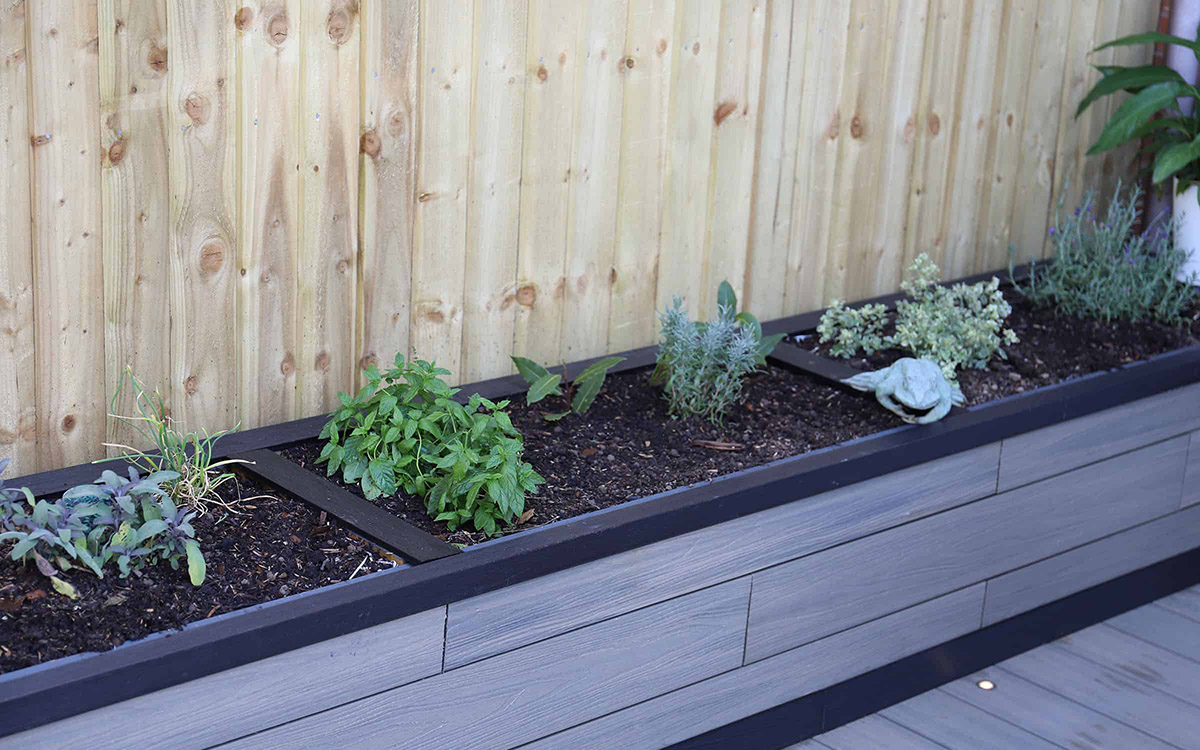
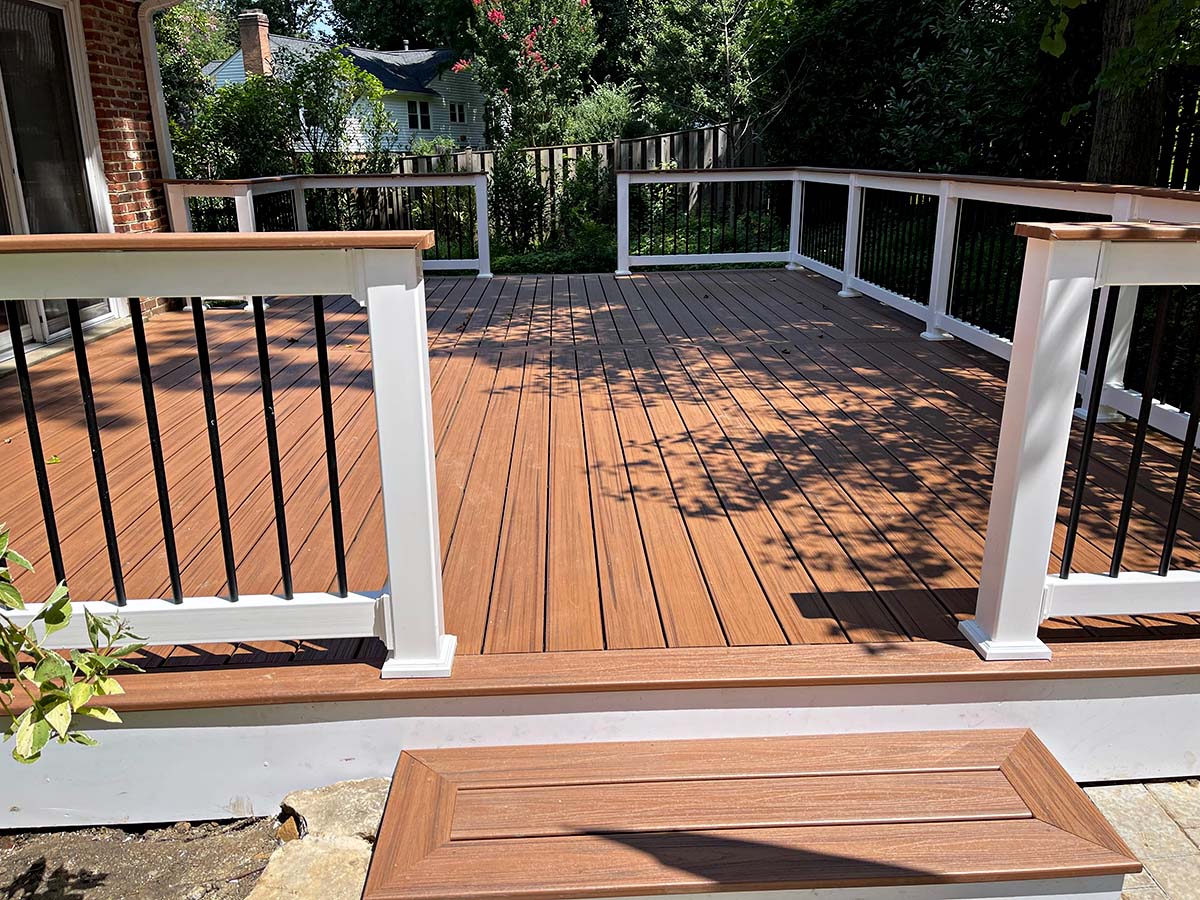
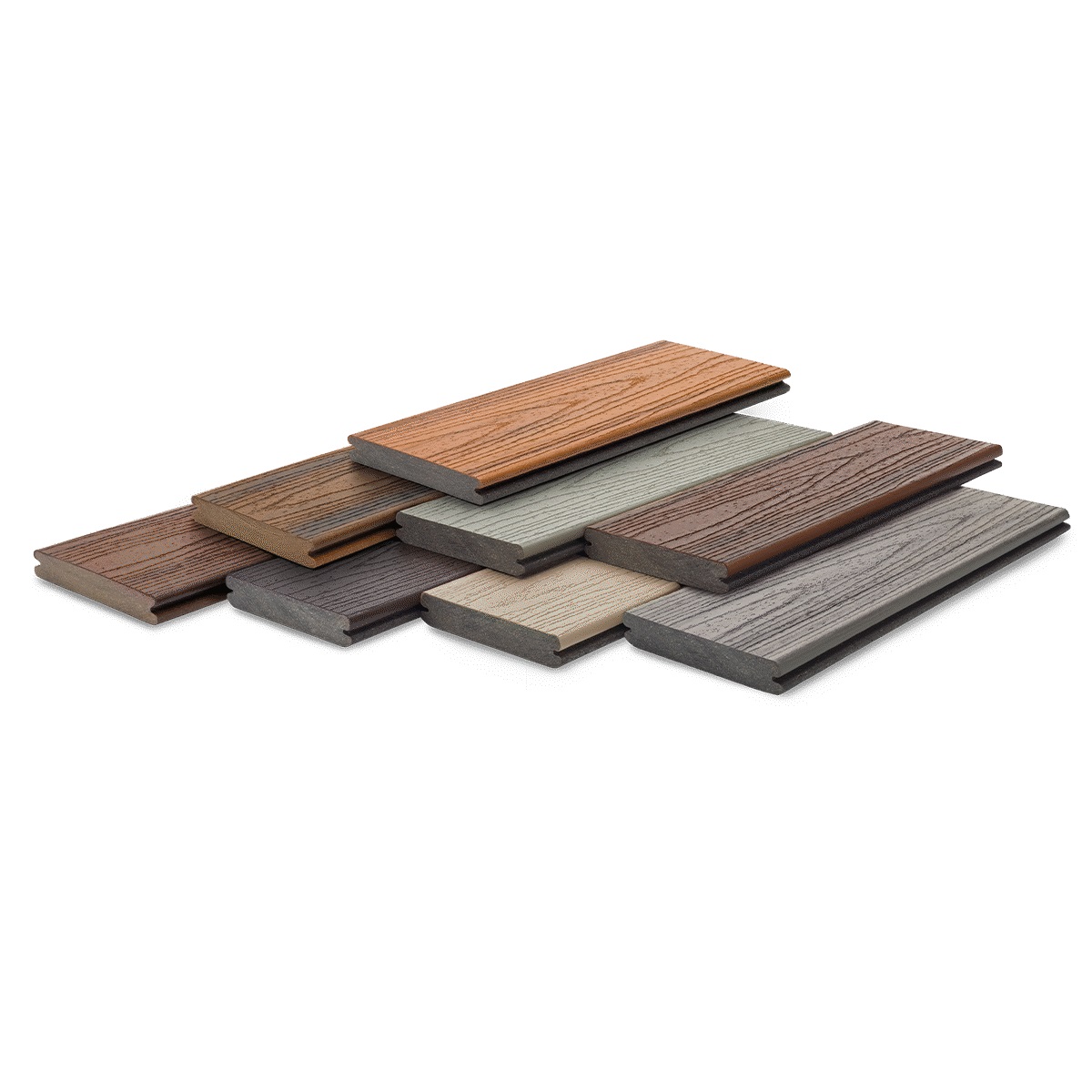
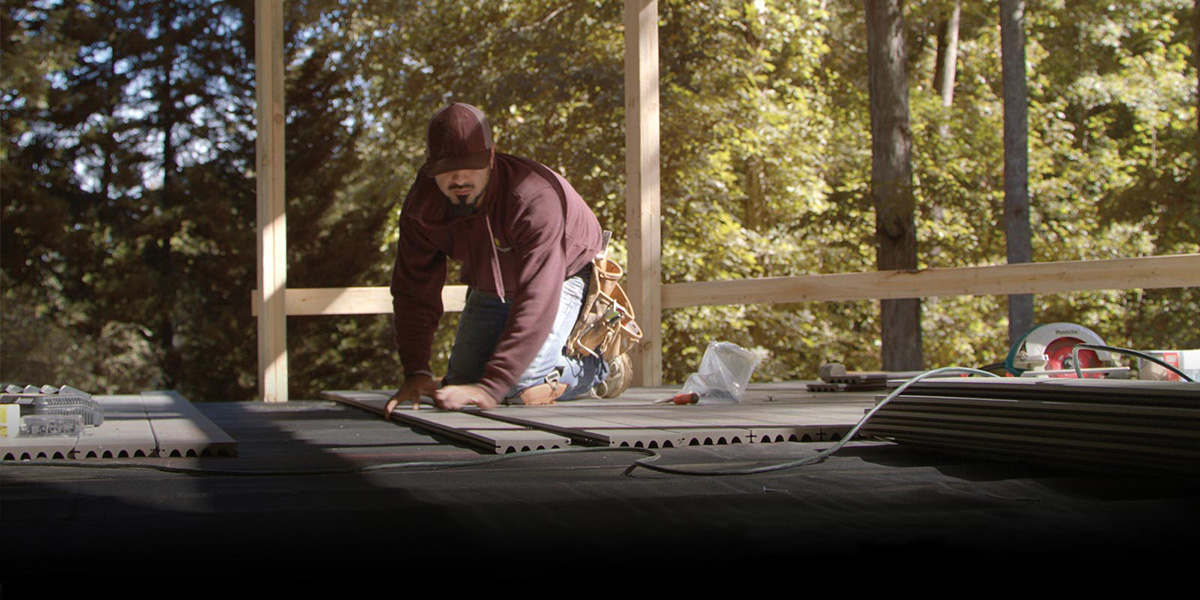
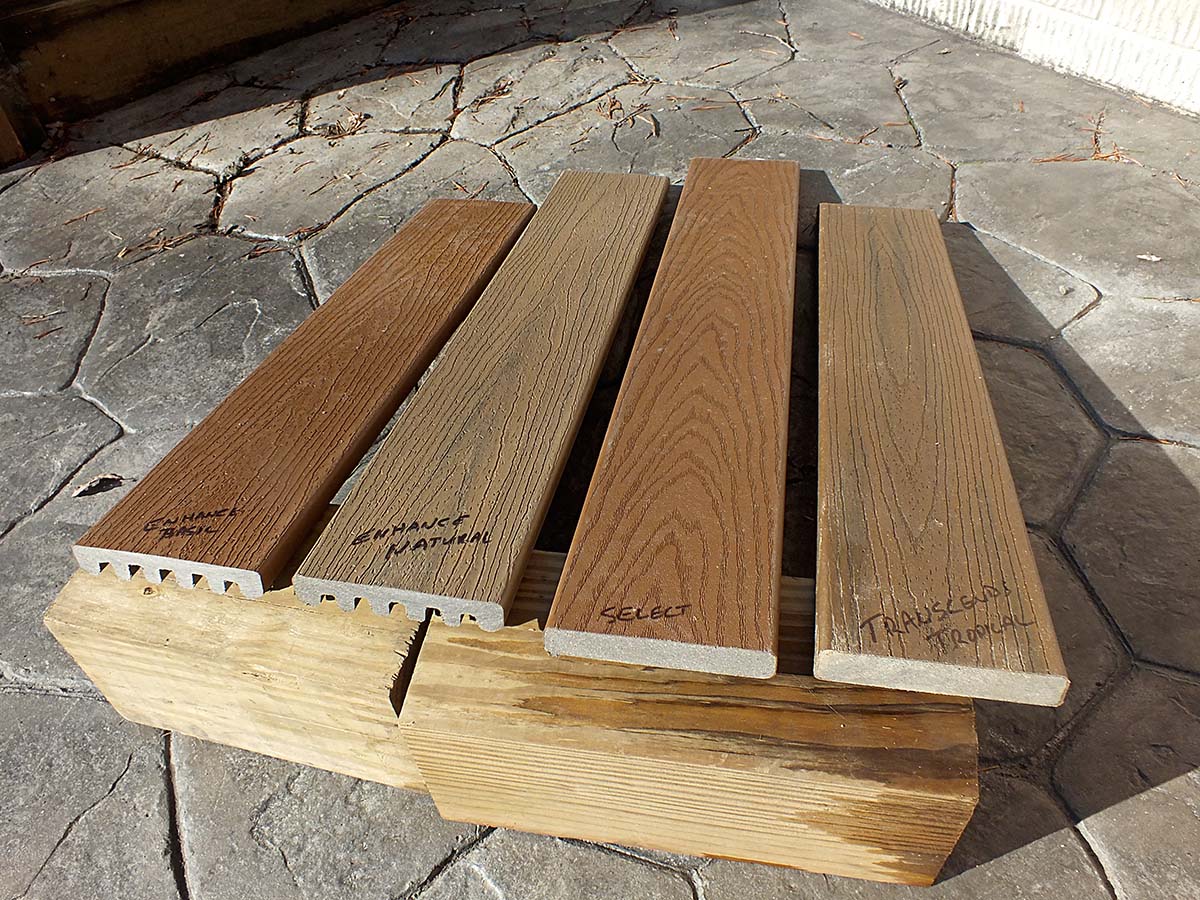
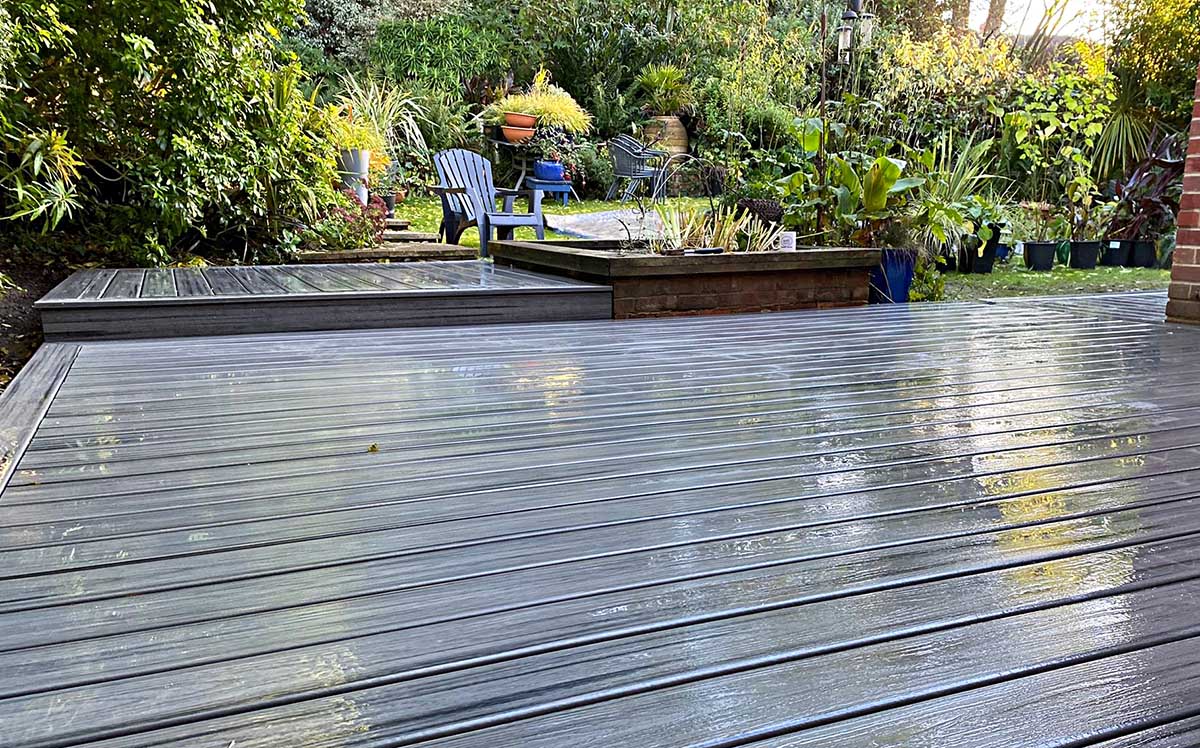
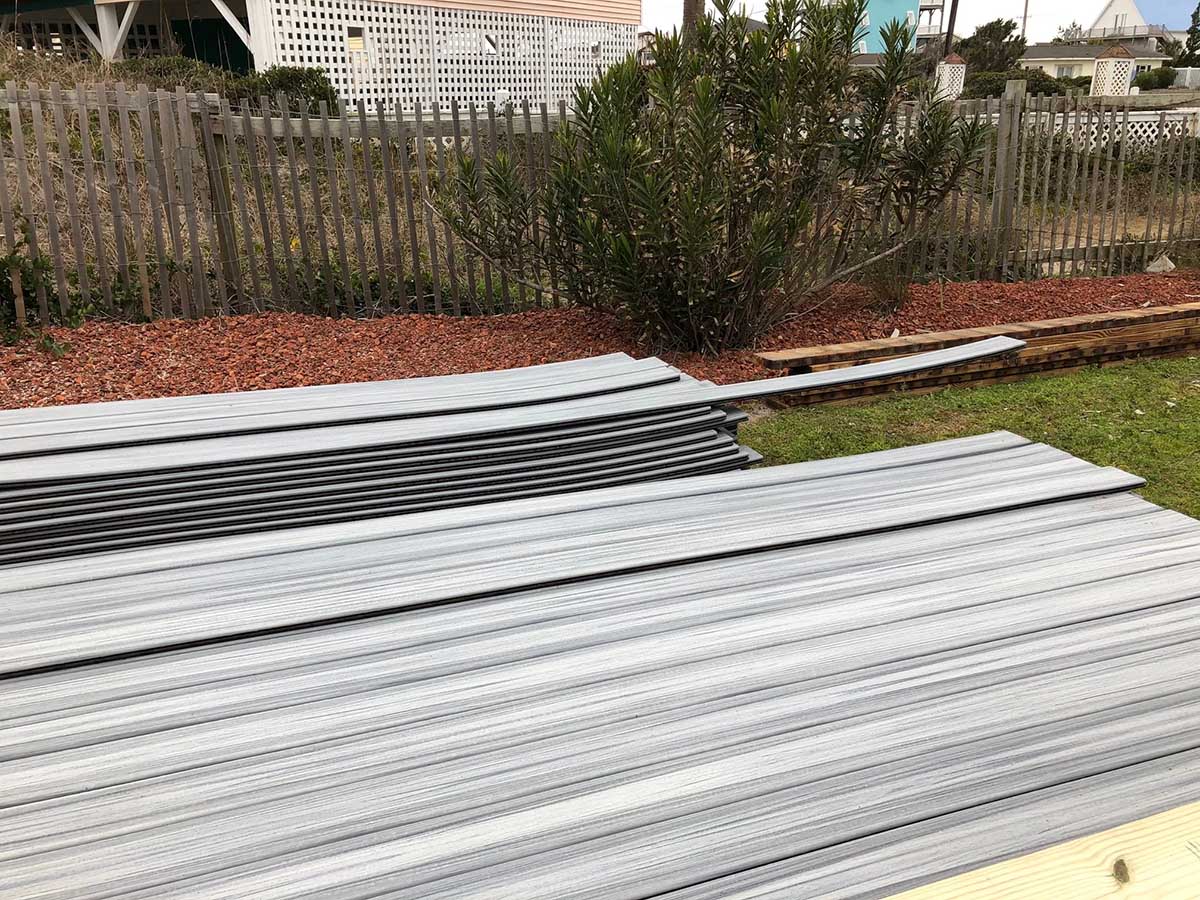
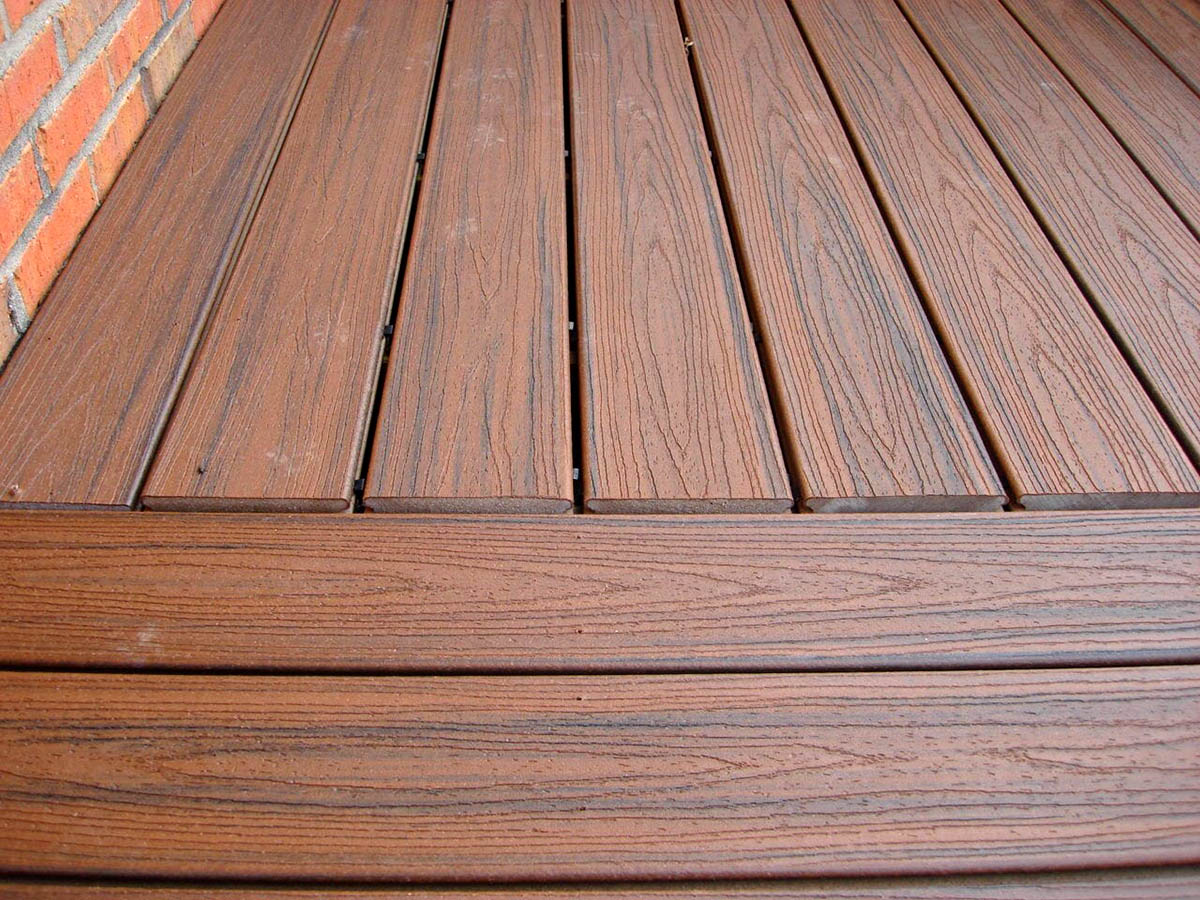
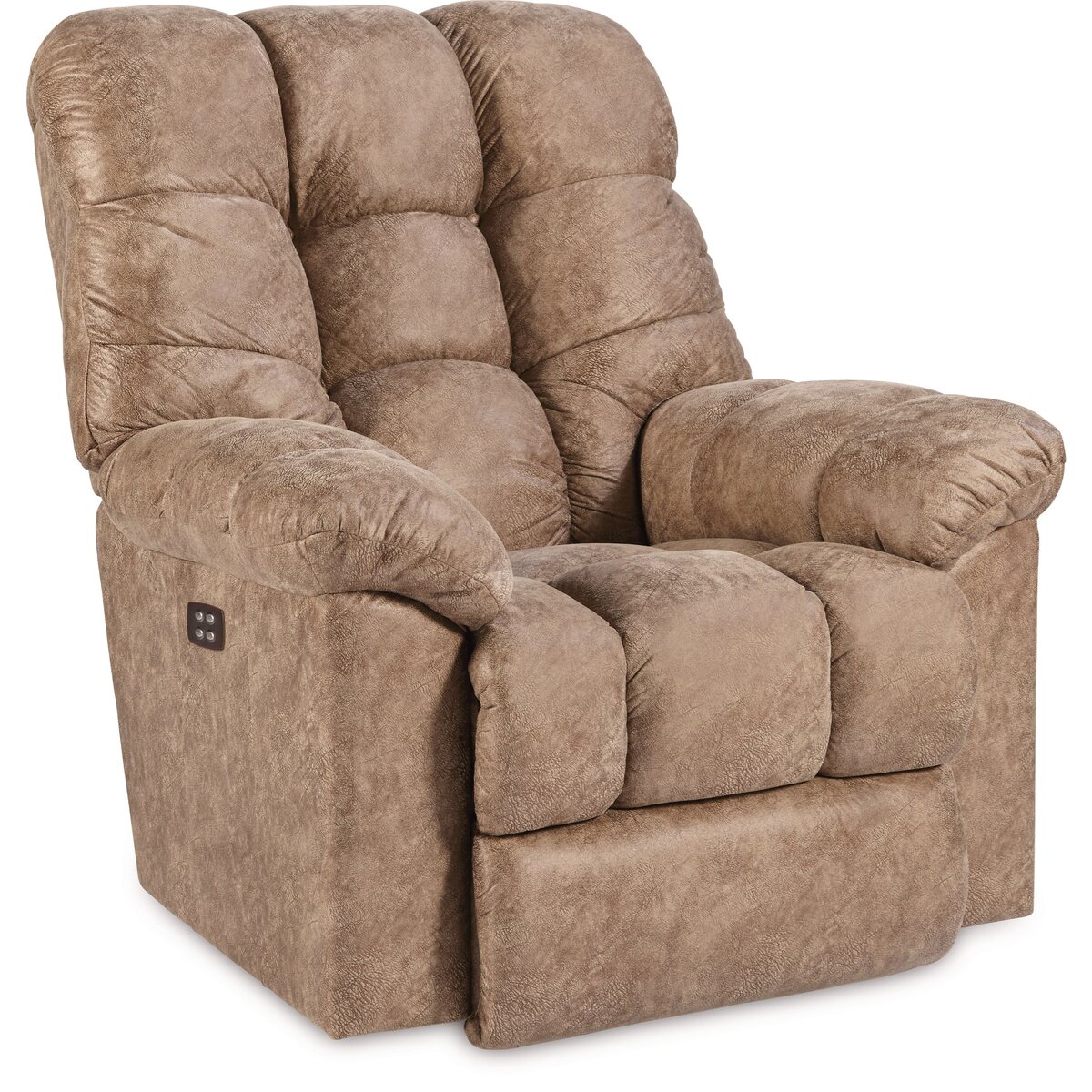
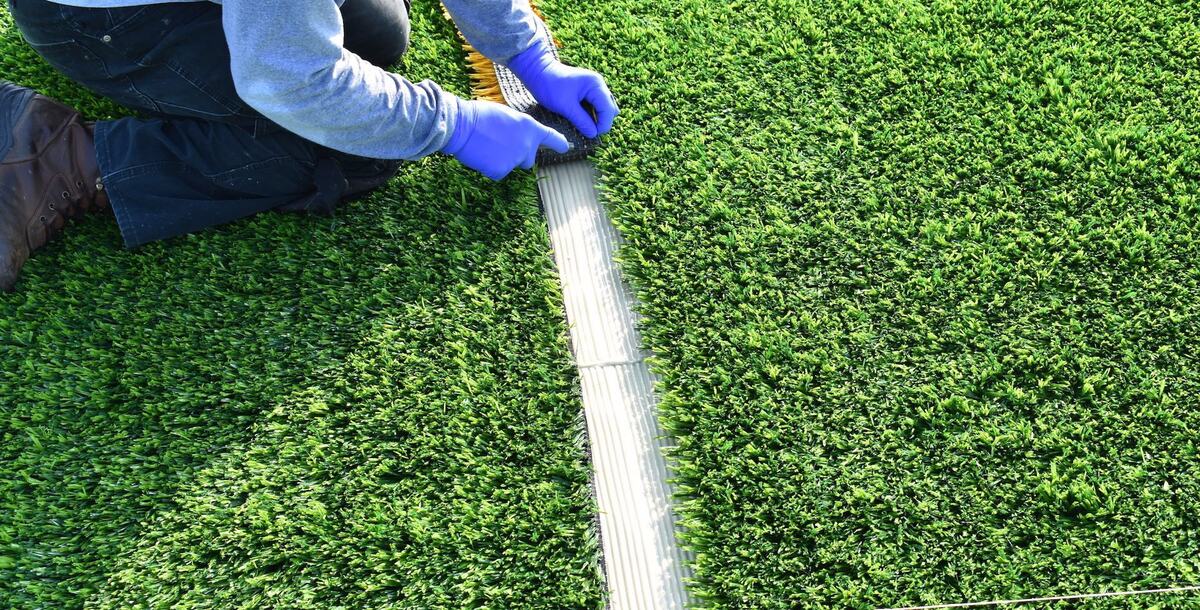
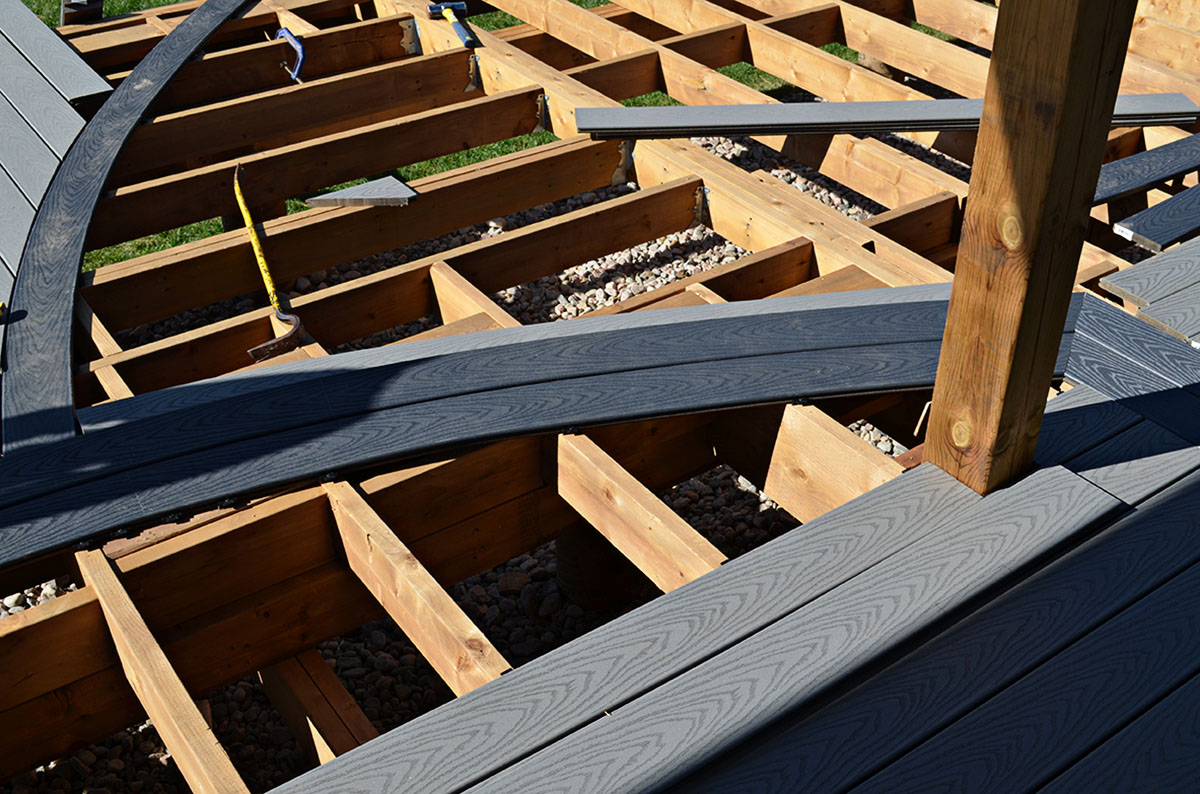
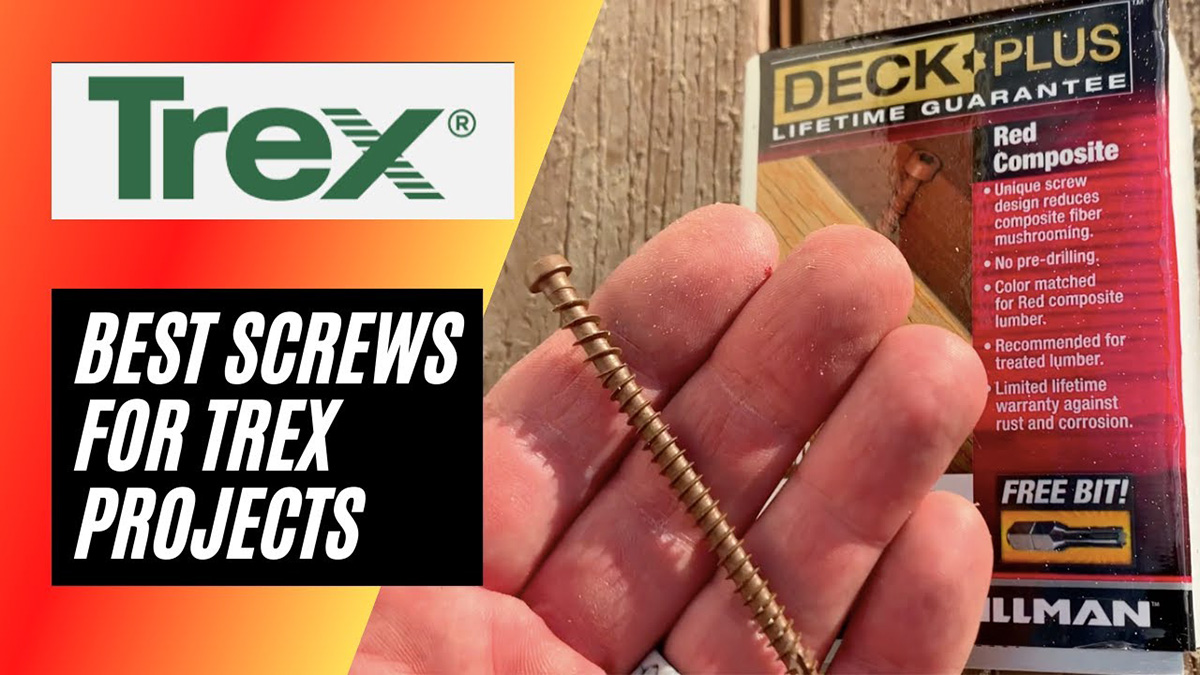
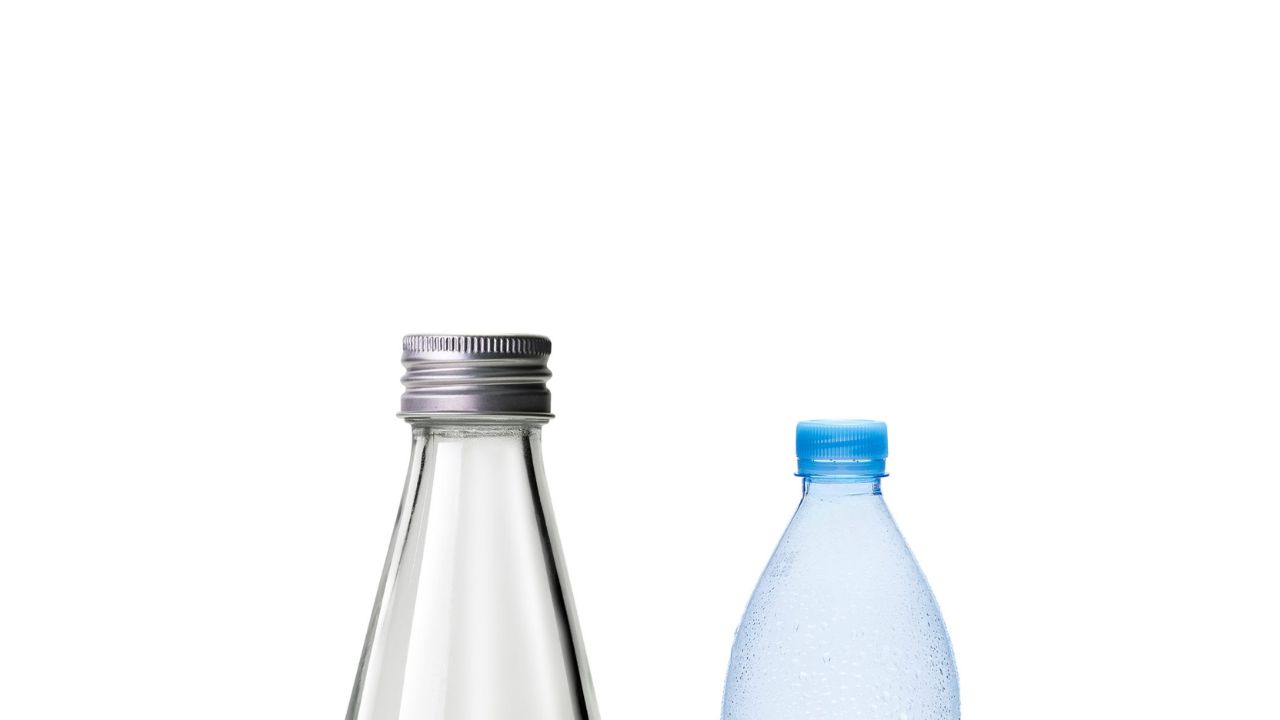
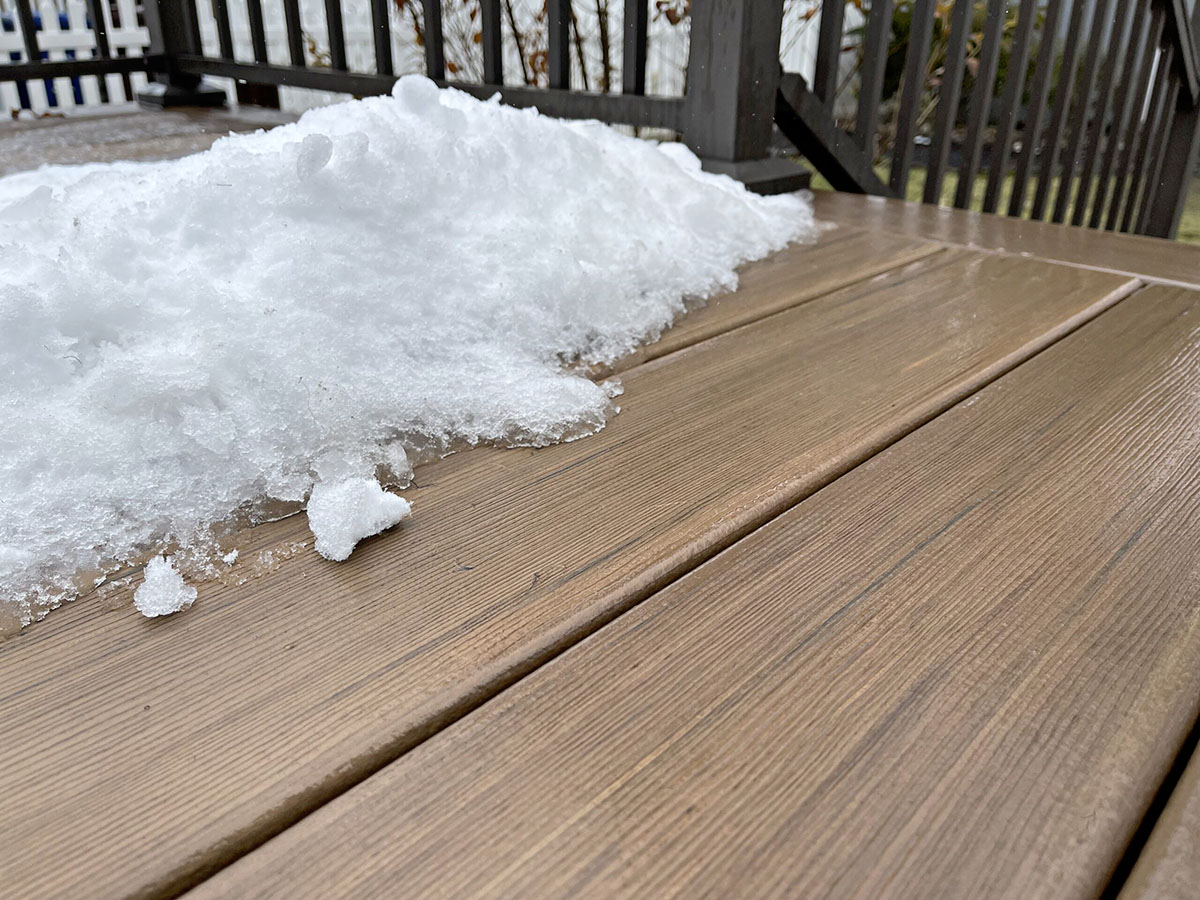

0 thoughts on “What Is Better Than Trex Decking”